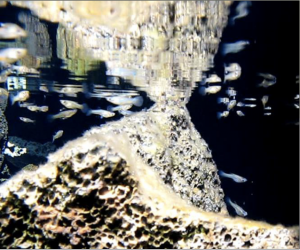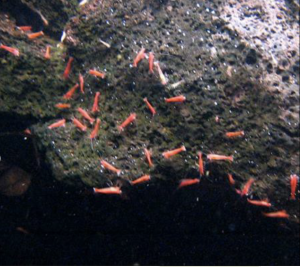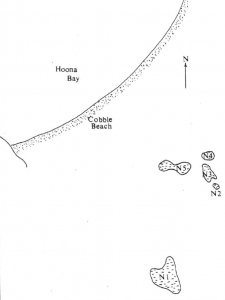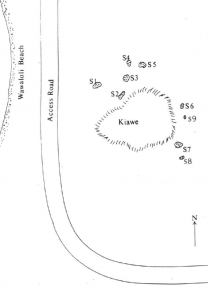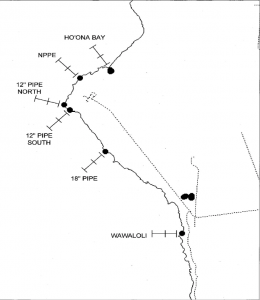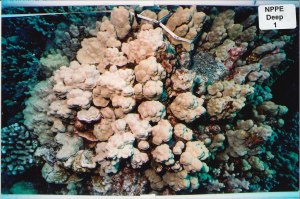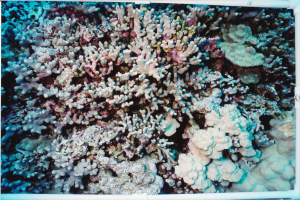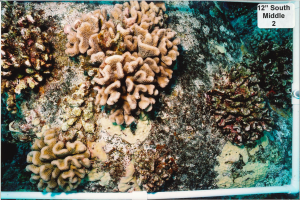NELHA Biota Studies
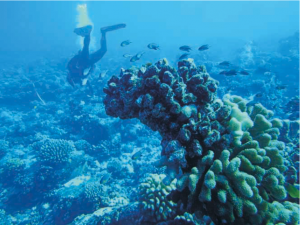 Since 1989 NELHA has contracted 44 environmental monitoring surveys as part of its Comprehensive Environmental Monitoring Program (CEMP). The program monitors 15 anchialine ponds, as well as coral cover, and fish counts along 6 transects offshore of NELHA. Since 1989 NELHA has contracted 44 environmental monitoring surveys as part of its Comprehensive Environmental Monitoring Program (CEMP). The program monitors 15 anchialine ponds, as well as coral cover, and fish counts along 6 transects offshore of NELHA.
Recently, NELHA, UH Hilo and Aqualink installed an underwater camera on NELHA’s intake pipeline to observe the reef in real time. To see the live stream of the reef surrounding NELHA, please click on the YouTube | Aqualink | MEGA Lab | Hawaii link or the live stream image below. Below the live streaming camera image, NELHA presents 32 years of historical findings from its biota surveys in a user driven graphical interface. Please feel free to virtually explore NELHA’s anchailine pond, and marine coral cover and fish community data sets by selecting scatter plot and bar graph variables that are of most interest to you. |
North Ponds
South Ponds
Marine Coral and Fish Community
Raw Coral and Fish Data
Decades Coral Data
|
Explore the coral and fish data averaged across decades. You can select to see fish and coral, or each individually using the buttons above the graph, and can add and remove columns by clicking on the legend. |

